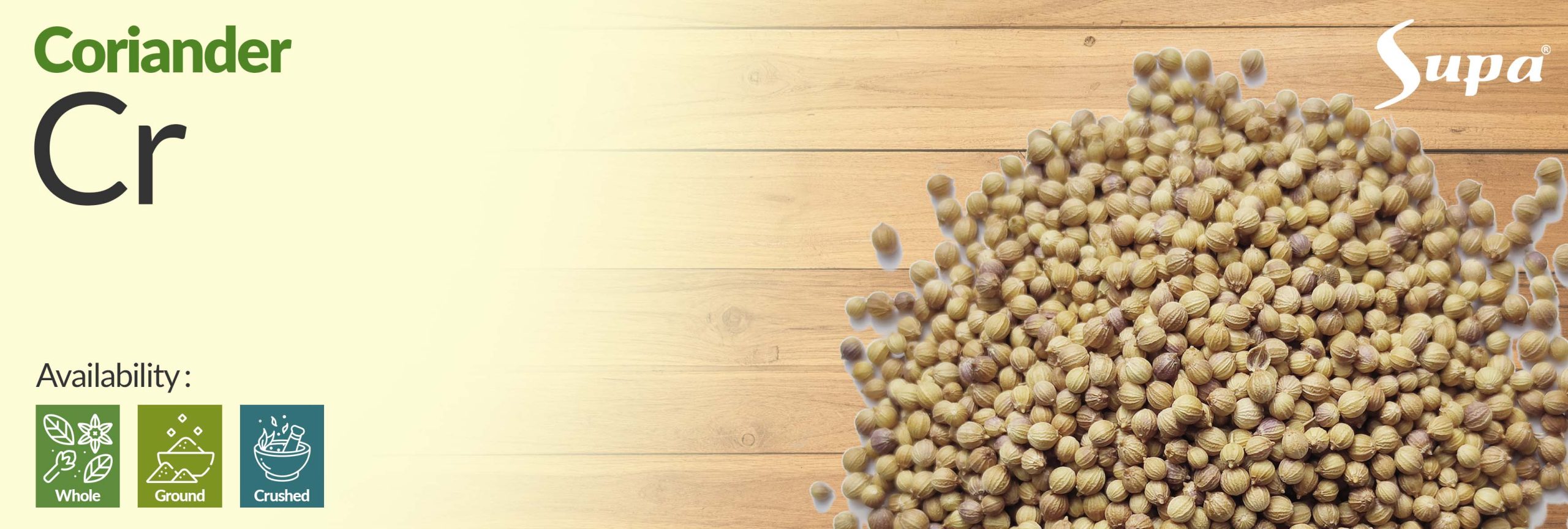
The history of coriander, also known as cilantro or Chinese parsley, dates back thousands of years and spans across diverse cultures and civilizations. Coriander, scientifically known as Coriandrum sativum, is native to the Mediterranean region and has been cultivated and used since ancient times. Archaeological evidence suggests that coriander was cultivated in ancient Egypt as early as 5,000 years ago. The ancient Egyptians used coriander in their culinary practices, religious ceremonies, and even in the embalming process.
From Egypt, coriander’s popularity spread to ancient Greece and Rome, where it became a cherished herb. The Greeks and Romans valued coriander for its aromatic flavor and used it in various dishes and medicinal preparations. It was believed to have digestive and medicinal properties, and its use continued through the Middle Ages when it became an essential herb in medieval European kitchens.
Coriander’s journey to Asia was facilitated by trade routes, and it found a warm welcome in the cuisines of India, Southeast Asia, and the Middle East. In India, both the seeds and the fresh leaves (known as cilantro) are widely used in cooking, adding a unique and vibrant flavor to curries, chutneys, and street foods. In the Middle East, coriander is a common spice in traditional spice blends like Ras el Hanout and Baharat.
Today, coriander remains a popular and versatile herb in global cuisines. Its seeds and leaves are valued for their distinct flavor, with the leaves lending a bright and citrusy note to dishes, while the seeds provide a warm and earthy taste. The enduring popularity of coriander throughout history is a testament to its cultural significance and the enduring appeal of its delightful flavors.
Flavor: Coriander seeds have a warm and citrusy flavor with subtle sweet and floral notes. The seeds are often ground into a spice powder that is used in various dishes, providing a unique and delicate taste profile. Taste: When consumed, coriander seeds offer a mild and slightly peppery taste. They are commonly used in spice blends, such as curry powder, and are often featured in pickling recipes. Aroma: Coriander seeds have a fragrant and aromatic scent, reminiscent of citrus and spice. The aroma becomes more pronounced when the seeds are ground or toasted, releasing their delightful essence.
Culinary Spice: Coriander is a versatile spice used in various cuisines around the world. It is a key ingredient in spice blends like curry powder and garam masala, adding a unique flavor to a wide range of dishes. Herb: Fresh coriander leaves, also known as cilantro, are widely used as a fresh herb in cooking. They are used to garnish dishes, add freshness to salads, and enhance the flavors of soups and sauces. Seasoning: Ground coriander seeds are used as a seasoning for meats, vegetables, and rice dishes. It is often used in marinades and rubs to add a fragrant and citrusy taste. Pickling: Coriander seeds are commonly used in pickling recipes, adding a tangy and aromatic element to pickled vegetables and fruits. Herbal Tea: Coriander seeds are sometimes used to make herbal tea. The tea has a soothing and refreshing quality, and it is believed to have potential health benefits, including aiding digestion.
Origin : Bulgaria Botanical Name : Coriandrum sativum Composition : Coriander Color : Brown Moisture Content : Max 10% Shelf Life : 12 Months Loadability : 20 FCL Package : Carton Packing *For more detailed specifications, please feel free to contact us.

